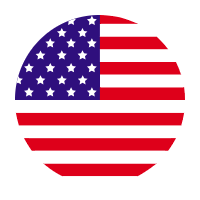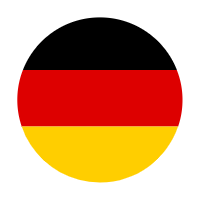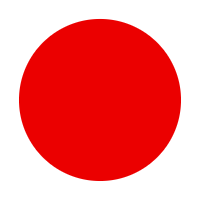For scale model enthusiasts, the joy of creating miniatures and replicas often lies in the fine details -- whether it's for hobby purposes, artistic expression, or preservation. But achieving precision in these miniature worlds can be a time-consuming process, especially when striving for quality and consistency across multiple models. This is where 3D scanning comes into play. With the rise of affordable and accessible 3D scanning technology, enthusiasts can now capture the intricate details of their models with ease, turning their creative visions into reality.

The Power of Detail and Quality in Scale Models
For those dedicated to scale modeling, attention to detail is paramount. Whether you're designing a historical building, recreating a famous vehicle, or crafting fantasy figurines, the quality of your model can make a huge difference. Traditional methods of creating models by hand can be extremely time-consuming and prone to error, especially when dealing with small-scale designs. With a 3D scanner like EINSTAR, you can capture the precise shape and texture of your original subject, whether it's a physical object or an existing model.
By scanning an object, you can create a digital 3D model that can be easily modified, resized, or replicated. This digital version can then be used for a variety of purposes, from creating perfect duplicates to adjusting the size for a new scale model. The detailed scans ensure that the end result is faithful to the original, without the need for labor-intensive measurements or guesswork.
Streamlining the Replication Process
One of the most exciting uses of 3D scanning for scale modelers is the ability to replicate objects. Suppose you’ve created a custom part for a model, but it‘s lost or damaged. Instead of starting from scratch, you can use a 3D scanner to capture the dimensions and details of the original piece and create a new one. This ability to replicate, whether for repairs, replacements, or even small runs of identical models, can save time and effort in your projects.
For artists and model makers who work with intricate designs or historical replicas, 3D scanning offers a way to digitize rare or delicate objects. Whether it's an antique toy, a vintage car part, or a precious artifact, scanning ensures that no detail is overlooked. You can create replicas for display, study, or even 3D printing, all while preserving the integrity of the original.
Ideal for Customization and Printing
Customization is another area where 3D scanning proves invaluable. Using a scanner like the EINSTAR, hobbyists can modify 3D scanned objects to suit their needs. For example, you might scan a toy model, adjust the proportions to fit a particular scale, or combine elements from multiple sources. The digital model can be exported for 3D printing, offering virtually endless customization options.
The process is straightforward, as the scanner provides high-quality 3D models that can be used with 3D printing technology. After scanning and adjusting the digital file, you can print your model in your desired material, whether it's plastic, resin, or even metal. This provides a great way to make your scale models truly unique, with the added benefit of being able to experiment and iterate designs quickly.
Conclusion
For scale model enthusiasts, 3D scanning is a powerful tool that streamlines the modeling process, improves quality, and offers new possibilities for replication and customization. With consumer-grade options like the EINSTAR and EINSTAR VEGA, hobbyists can access this technology without breaking the bank, all while enjoying enhanced creative freedom. Whether you're replicating an existing object, fine-tuning your model, or experimenting with new ideas, 3D scanning can help take your projects to the next level.









Leave a comment
This site is protected by hCaptcha and the hCaptcha Privacy Policy and Terms of Service apply.